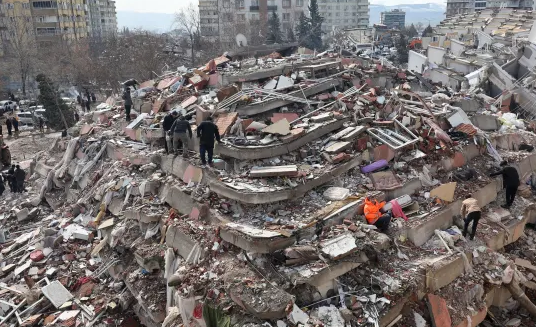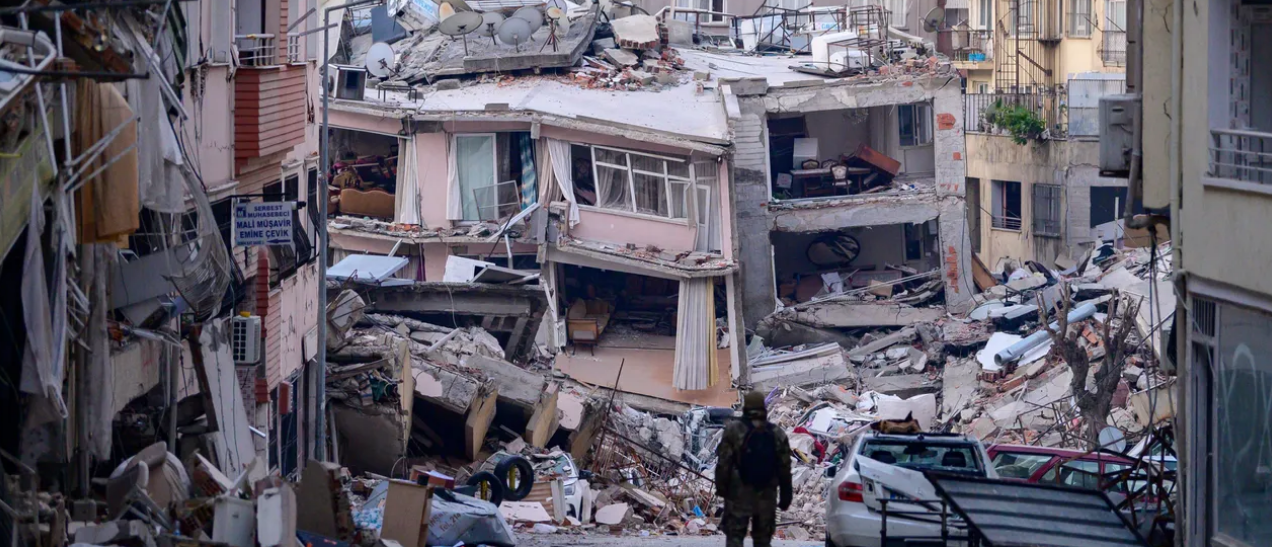Introduction to Earthquakes
Earthquakes are natural geological phenomena caused by the movement of tectonic plates beneath the Earth’s surface. These sudden shifts in the Earth’s crust can result in varying levels of ground shaking and can lead to significant damage to structures, landscapes, and communities.
Understanding Earthquake Magnitude and Impact
Earthquakes are measured using the Richter scale or the moment magnitude scale (Mw). The impact of an earthquake depends on its magnitude, depth, distance from the epicenter, and local geological conditions. Smaller tremors might go unnoticed, while larger quakes can have devastating consequences.

Earthquake Preparedness and Safety Measures
Preparing for an earthquake is crucial for minimizing risks. Here are the essential steps:
- Create an Emergency Kit: Assemble a kit with non-perishable food, water, medications, first aid supplies, and important documents.
- Develop a Family Emergency Plan: Designate meeting points and communication methods in case of separation.
- Secure Heavy Items: Anchor heavy furniture and appliances to prevent them from toppling over.
- Know Safe Zones: Identify sturdy furniture to take cover under, away from windows and objects that could fall.
- Educate Yourself: Learn the earthquake evacuation procedures and routes in your area.
Creating an Earthquake Emergency Kit
Your earthquake emergency kit should include:
- Water and Non-Perishable Food: Enough for each family member for at least three days.
- First Aid Supplies: Bandages, antiseptics, medications, medical records.
- Emergency Tools: Flashlights, batteries, multi-tool, duct tape.
- Personal Items: Identification, contact information, eyeglasses, hygiene items.
- Important Documents: Birth certificates, passports, insurance policies, medical records.

Steps to Follow During an Earthquake
- Drop, Cover, and Hold On: Drop to the ground, take cover under sturdy furniture, and hold on until shaking stops.
- Stay Indoors: If you are indoors, stay there until the shaking stops and it is safe to move.
- Stay Away from Windows: Windows can shatter during an earthquake; move away from them.
- Avoid Doorways: Contrary to popular belief, doorways are not the safest places; take cover under furniture instead.
- Stay Calm: Keep calm and reassure others, especially children.
Ensuring Structural Safety in Buildings
- Secure Heavy Items: Bolt down heavy furniture and appliances to prevent movement.
- Consult Professionals: Have your home inspected for structural weaknesses and retrofit if necessary.
- Reinforce Masonry: Strengthen brick walls and chimneys that could crumble during a quake.
- Flexible Pipes: Install flexible connectors for gas and water lines to prevent leaks.

Community Preparedness and Communication Plans
- Community Drills: Participate in earthquake drills to practice response and evacuation.
- Create Communication Channels: Establish a neighborhood network for updates and assistance.
- Emergency Contacts: Compile a list of emergency contacts and distribute it within your community.
Aftermath: Dealing with the Consequences
- Check for Injuries: Attend to any injuries immediately and seek medical help if necessary.
- Safety First: Stay away from damaged buildings, downed power lines, and potential hazards.
- Document Damage: Take photos of damaged property for insurance claims.
- Listen to Authorities: Follow the instructions of emergency services and authorities.

Conclusion
Earthquakes are natural events that can have catastrophic consequences. By understanding the science behind earthquakes, preparing a comprehensive emergency kit, knowing the appropriate safety measures, and engaging in community efforts, you can increase your chances of safety and recovery in the face of these powerful events. Remember, preparedness today can make all the difference tomorrow
Frequently Asked Questions (FAQ) About Earthquakes
Q1: What causes earthquakes?
A: Earthquakes are primarily caused by the movement of tectonic plates beneath the Earth’s surface. These plates constantly shift and interact, creating stress along fault lines. When the stress becomes too much to bear, it’s released in the form of seismic waves, causing the ground to shake.
Q2: How are earthquakes measured?
A: Earthquakes are measured using instruments called seismometers. The magnitude of an earthquake is determined using the Richter scale or the moment magnitude scale (Mw). These scales quantify the amount of energy released during an earthquake, providing an indication of its strength.
Q3: What should I do to prepare for an earthquake?
A: To prepare for an earthquake, follow these steps:
- Create an emergency kit with essentials like food, water, and medical supplies.
- Develop a family emergency plan, including communication and meeting points.
- Secure heavy furniture and items that could pose a risk during shaking.
- Learn the proper actions to take during an earthquake, like “Drop, Cover, and Hold On.”
Q4: What items should be in my earthquake emergency kit?
A: Your earthquake emergency kit should include:
- Water and non-perishable food for at least three days.
- First aid supplies, medications, and medical records.
- Emergency tools such as flashlights, batteries, and a multi-tool.
- Personal items like identification, contact information, and hygiene products.
- Important documents such as passports, insurance policies, and birth certificates.
Q5: What should I do during an earthquake?
A: During an earthquake, follow these steps to maximize safety:
- Drop to the ground, take cover under sturdy furniture, and hold on.
- Stay indoors if you are already inside and it’s safe to do so.
- Avoid windows and doorways; they can be dangerous during shaking.
- Stay calm and reassure others, especially children.
Q6: How can I ensure the safety of my home during earthquakes?
A: To ensure the safety of your home:
- Secure heavy furniture and appliances to prevent movement.
- Consult professionals to inspect your home for structural weaknesses and retrofit if needed.
- Reinforce masonry, especially brick walls and chimneys.
- Install flexible connectors for gas and water lines to prevent leaks.
Q7: Why is community preparedness important?
A: Community preparedness enhances overall safety and response during earthquakes. When neighbors work together:
- Earthquake drills and practices are more effective.
- Communication networks can be established for updates and assistance.
- Emergency contacts can be shared, creating a support system.
Q8: What should I do after an earthquake?
A: After an earthquake:
- Check for injuries and seek medical help if needed.
- Avoid damaged buildings, downed power lines, and hazards.
- Document property damage with photographs for insurance claims.
- Follow the instructions of emergency services and authorities.
Q9: How can I help with earthquake relief efforts?
A: You can contribute to earthquake relief by:
- Donating to reputable organizations providing aid.
- Volunteering with local relief agencies.
- Spreading awareness and sharing verified information.
Q10: How can I stay informed about earthquake alerts?
A: Stay informed by:
- Subscribing to emergency alerts from local authorities.
- Downloading earthquake alert apps that provide real-time information.
- Following reliable news sources and social media accounts.
Remember, being prepared and informed can make a significant difference in staying safe during earthquakes and their aftermath.

